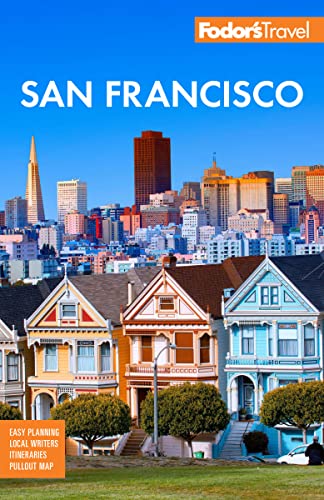During the 1960s, the siren song of free love, peace, and mind-altering substances lured thousands of young people to the Haight, a neighborhood just east of Golden Gate Park. By 1966 the area had become a hot spot for rock artists, including the Grateful Dead, Jefferson Airplane, and Janis Joplin. Some of the most infamous flower children, including Charles Manson and People's Temple founder Jim Jones, also called the Haight home.
Today the ’60s message of peace, civil rights, and higher consciousness has been distilled into a successful blend of commercialism and progressive causes: the Haight Ashbury Free Clinic, founded in 1967, survives at the corner of Haight and Clayton Streets, while throwbacks like Bound Together Bookstore (the anarchist book collective), the head shop Pipe Dreams (1376 Haight St.), and a bevy of tie-dye shops all keep the Summer of Love alive in their own way. The Haight's famous political spirit—it was the first neighborhood in the nation to lead a freeway revolt, and it continues to resist chain stores—survives alongside some of the finest Victorian-lined streets in the city.
The Haight is actually composed of two distinct neighborhoods: the Lower Haight runs from Divisadero to Webster; the Upper Haight, immediately east of Golden Gate Park, is the part people tend to call Haight-Ashbury (and the part that's covered here). San Franciscans come to the Upper Haight for the myriad vintage clothing stores concentrated in its few blocks, bars with character, restaurants where huge breakfast portions take the edge off a hangover, and Amoeba Music, the best place in town for new and used CDs and vinyl. The Lower Haight is an equally lively stretch with several well-loved pubs and a smattering of niche music shops.





